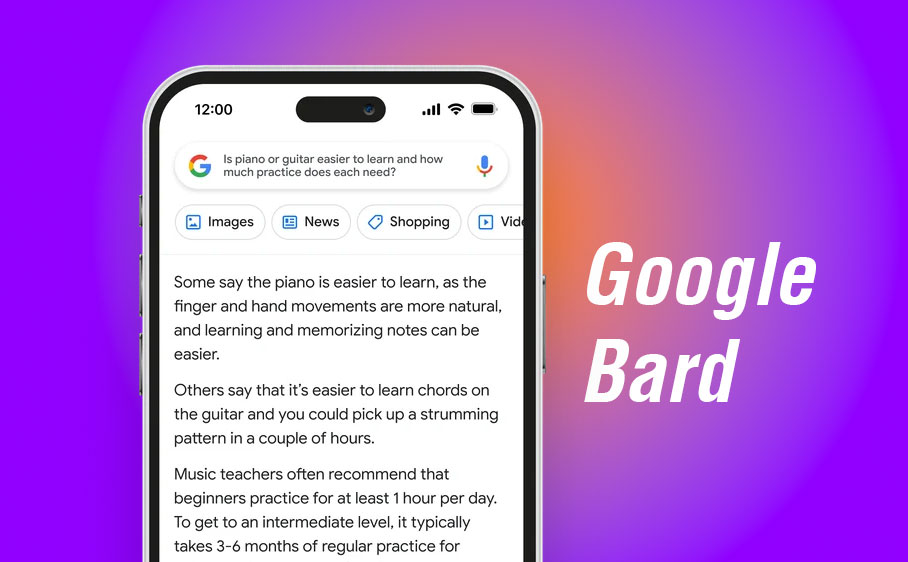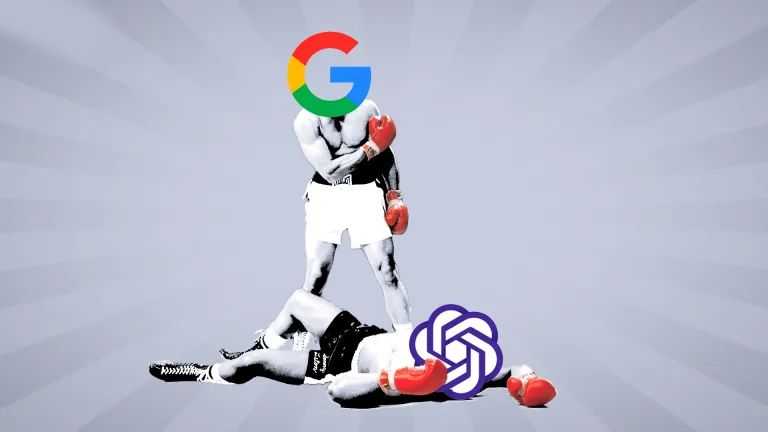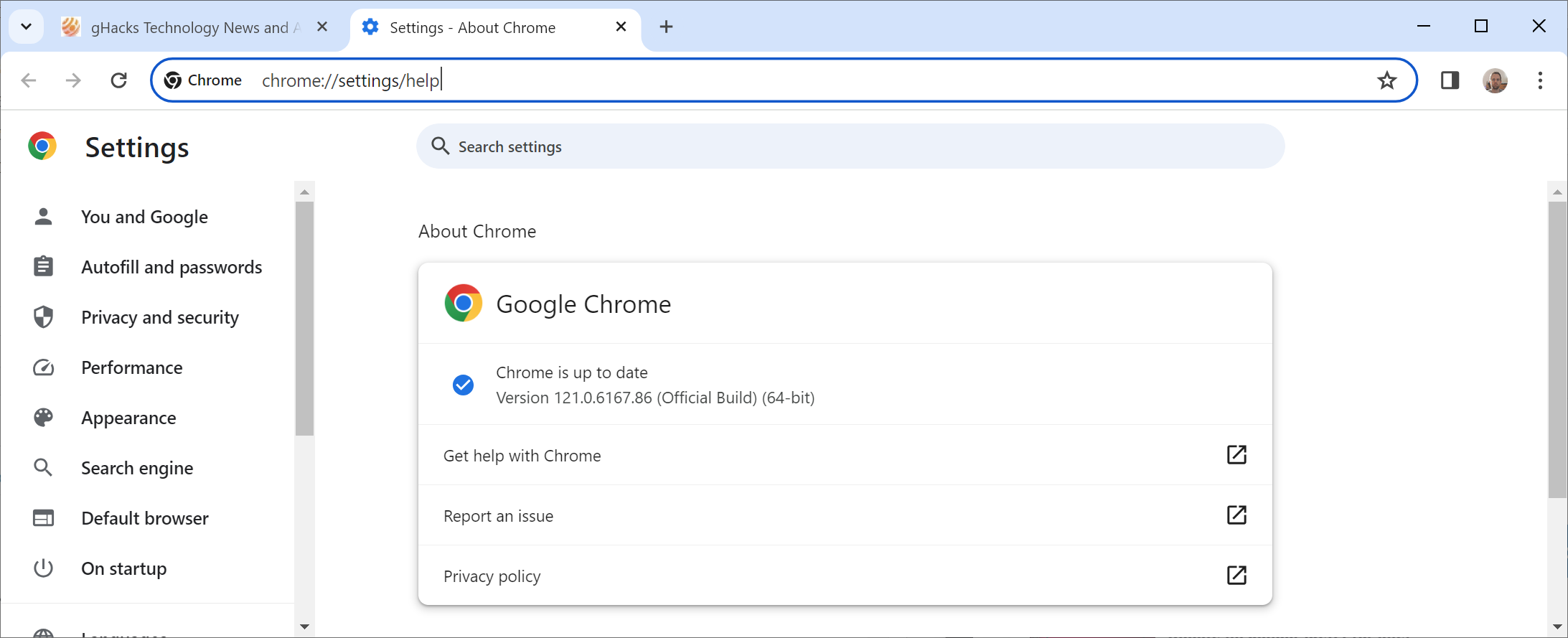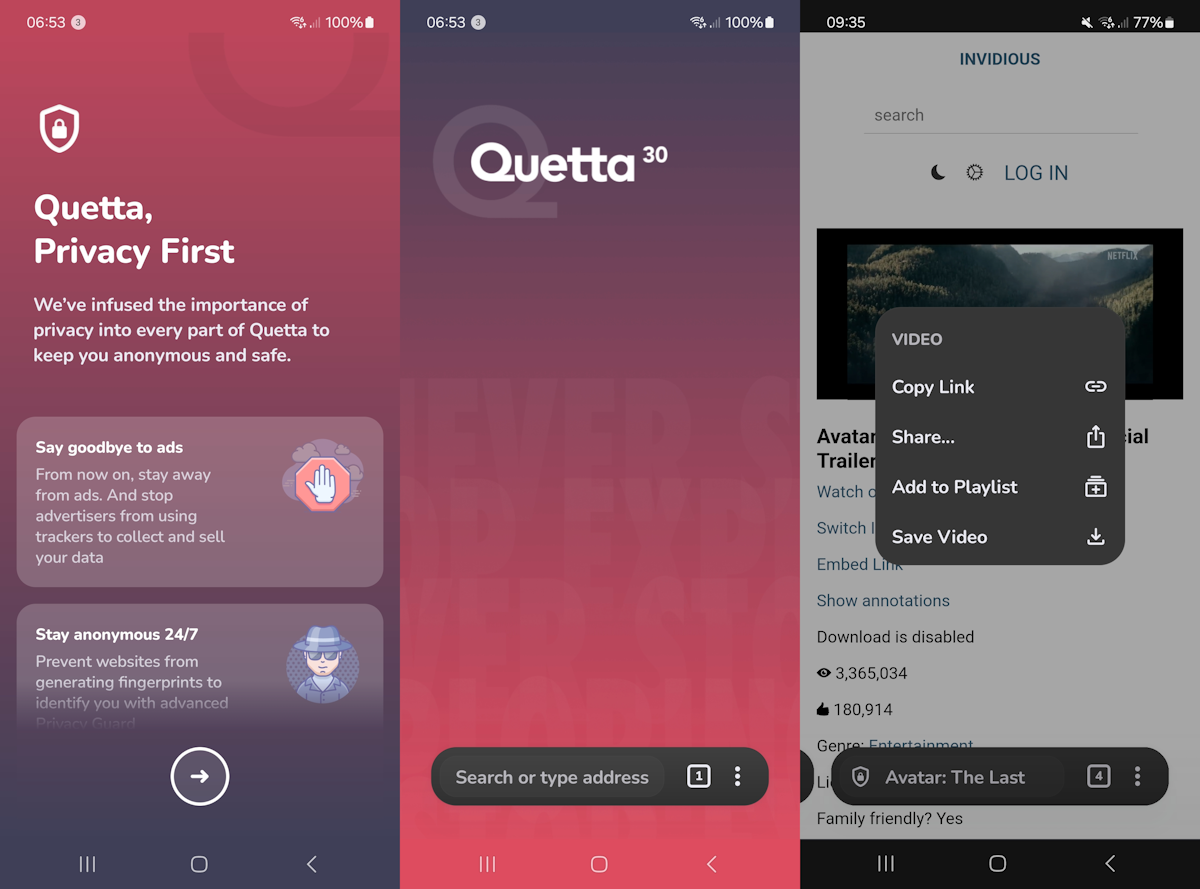Wait a minute. Google what? In case you didn’t know, Google’s pretty preoccupied with the headliner AI, ChatGPT. And when people label ChatGPT as a “Google Killer”, the more reason for Google to get its ducks in a row and do something about it. Well, that “something” is the new Google Bard, an experimental conversational AI.
Google Bard uses LaMDA, which is the acronym for Language Model for Dialogue Applications. Much like its competitor ChatGPT, Google Bard intends to offer current information conversationally and can be used to simplify complex topics, too.
Whether it’s a better proposal than ChatGPT remains to be seen. However, Google has a long history with AI tools and it’s expectable that this product will be a worthy competitor, at the very least.

Google Bard under the hood
As we mentioned before, Google Bard uses the LaMDA technology. This technology has been used by Google internally for a long time now, but mostly for research purposes. While Google won’t disclose in-depth information on LaMDA, it’s safe to say it allows its Google Bard product to work in a similar way to ChatGPT.
In short, LaMDA is a model that can predict words statistically. It’s built on Transformer, a neural network from Google Research. Incidentally, this is the same neural network GPT-3 uses, which is the predecessor and more robust version of ChatGPT.
If Bard works as well as ChatGPT, it would be a great success for Google. This is because the company is releasing the product with a lightweight version of LaMDA first. This would make it easier to scale Google Bard and meet a potentially high demand of concurrent users. Input from the users will also be used as feedback to further enhance the product.
Some scenarios for using Google Bard
Google Bard is, mainly, a chatbot that can bring you updated information, condense it, and extrapolate facts to create new information. In this sense, it’s very similar to what ChatGPT can do.
You’ll be able to use Google Bard to converse, ask about a certain topic, explain something to children, and even cross-reference information. It remains to be seen if Bard can also be used for writing songs and coding software like its nemesis ChatGPT.
However, Google has the upper end here and the tool might eventually eclipse OpenAI’s proposal for a simple reason: it has your data.
This means a lot of nasty things, but on the flip side, it would allow Google Bard to organize your schedule, buy things for you, and many other features. This kind of interactivity would be possible with other AIs, too, but Google has an undeniable advantage here.
This is just the beginning, and it’s clear Google is releasing it as a field test. User feedback will likely make Google think of innovative ideas for its application as more people get to use it.
Okay, I’m in. How do I use Google Bard?
Unfortunately, Google Bard isn’t publicly available yet. If you’re a selected tester, you can open the chatbot icon on your device. This will open up an interface where you can type questions and the bot will respond.
It’s expected that when this testing stage is over, Google Bard will be released for a wider audience, perhaps everyone. Nobody knows exactly how Google intends to implement this product since it overlaps all the other ones offered by the company.
However, a safe bet is that it’ll be available as part of the search bar on your browser. Whether it completely replaces Google’s current search engine experience or acts as a complement is anybody’s guess.
Will Google Bard become The Bard of AI?
Google made a bold move by naming “Bard” its effort to compete against ChatGPT. After all, one can’t help but compare this to William Shakespeare. It might even fuel more discord in the prevalent controversy surrounding AI and human expression, since it implies the app is, at the very least, a competent writer.
This brings to the table another issue: if you want to become The Bard, you not only need to write well: you also need to be creative, and have a fine sense of the world surrounding you. Will Google Bard be able to have these qualities in its own arena, that is, information?
For a quick giggle and some measurement of where we’re currently at, Google Docs insisted that I correct Google Bard to “Google Barred” throughout the writing of this article. I think this sets back the date for total human annihilation by at least a couple of months.
So, only time will tell if this Bard is up to the task. For now, it looks like the AI chatbot saga is only beginning, and the first blows between heavyweights are being traded.

Thank you for being a Ghacks reader. The post Google Bard AI Chatbot: How to Use, Access, and More appeared first on gHacks Technology News.






0 Commentaires